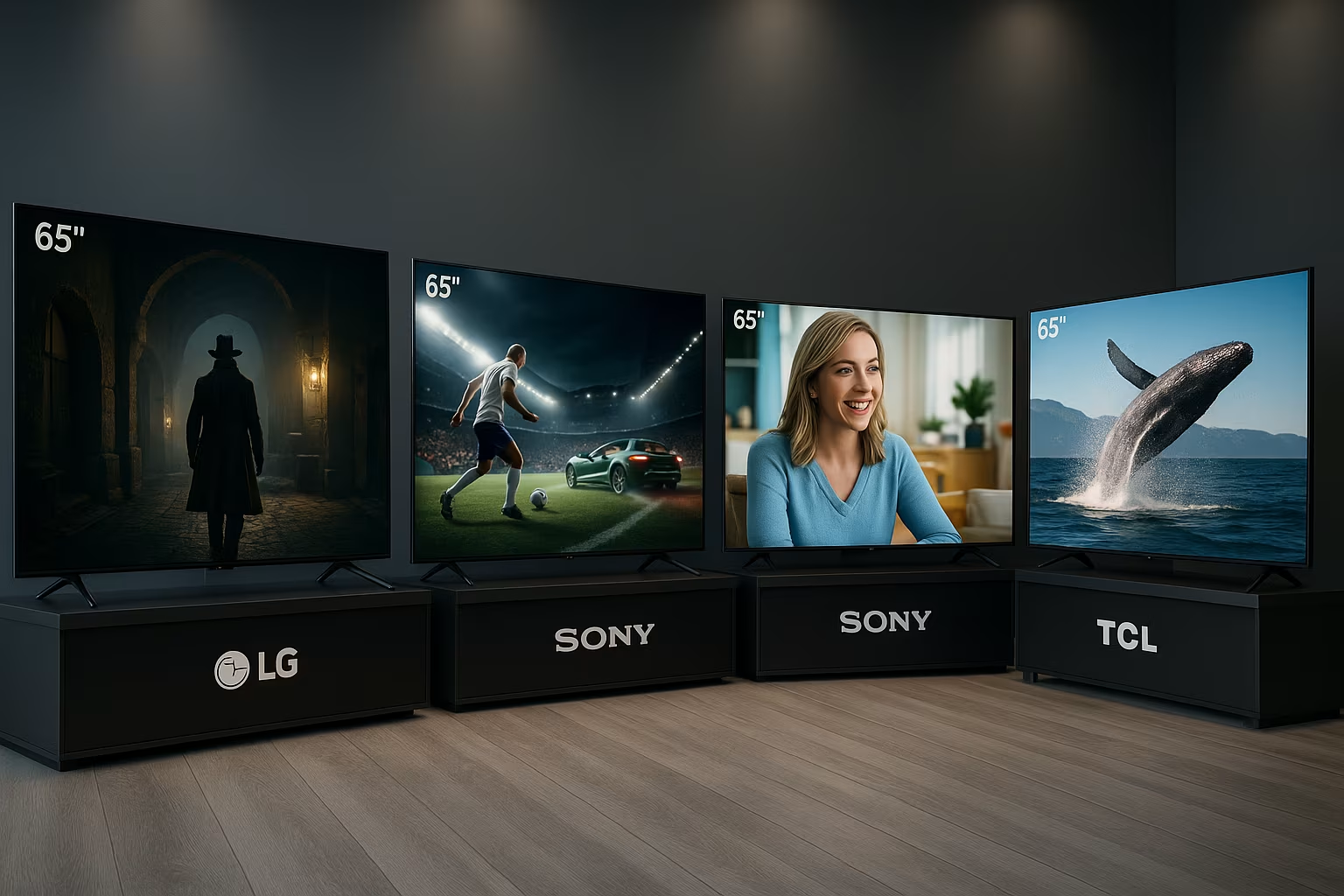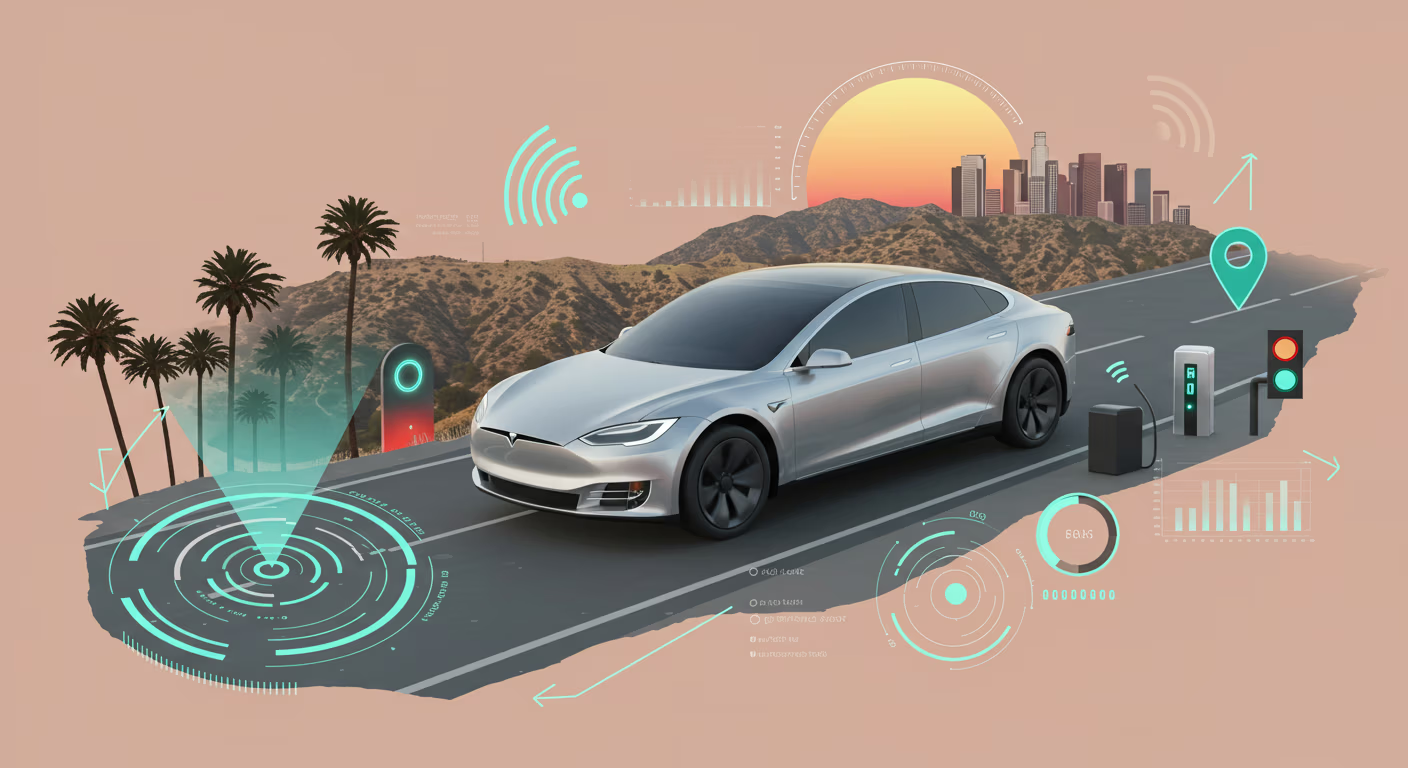Wearable technology has evolved far beyond the fitness trackers and smartwatches that dominated the early 2010s. Today, a new wave of next-gen wearable technology is transforming the way we interact with our bodies, our devices, and the world around us. From health-monitoring fabrics to augmented reality glasses, these cutting-edge innovations are reshaping healthcare, fitness, communication, and even fashion.
Driven by advancements in microelectronics, biosensors, artificial intelligence, and materials science, wearable tech is entering a new era—smarter, smaller, and more seamless than ever before. As the global wearable technology market heads toward a projected value of over $160 billion by 2030, the focus is shifting from novelty to necessity.
So, what defines the next generation of wearables? And how will these smart devices enhance our everyday lives?
What Is Next-Gen Wearable Technology?
Next-generation wearables go beyond tracking steps or receiving phone notifications. They incorporate intelligent sensors, real-time analytics, adaptive software, and context-aware features that respond dynamically to the user’s needs. These devices are designed to be:
- Non-invasive and ultra-portable
- Integrated with AI for personalized insights
- Capable of medical-grade monitoring or immersive AR experiences
- Interoperable with digital ecosystems (e.g., health apps, smart homes, IoT devices)
Whether worn on the wrist, embedded in clothing, or mounted as glasses or contact lenses, the goal of next-gen wearables is to blend seamlessly with our lives, offering utility without friction.
Key Trends Shaping the Future of Wearables
- Health and Wellness Revolution
Health tracking is no longer about counting calories or measuring steps. Modern wearables can now monitor blood pressure, detect arrhythmias, analyze sweat composition, and even screen for early signs of chronic illness.
Startups and medical device companies are developing wearables that provide continuous glucose monitoring, fertility tracking, hydration alerts, and sleep apnea detection. Some smartwatches now offer FDA-approved ECG readings, while others use optical sensors to track blood oxygen levels.
AI integration allows these devices to personalize health recommendations, detect anomalies, and even notify physicians or caregivers when something is wrong.
- Smart Textiles and E-Textiles
Imagine a shirt that can detect respiratory issues or a yoga outfit that corrects your posture. That’s the promise of smart fabrics—wearable textiles with embedded sensors and conductive threads that gather physiological and environmental data in real time.
Companies like Hexoskin and Myant are pioneering garments that act as live biometric dashboards, ideal for athletes, patients, and workers in hazardous environments.
These textiles can withstand washing, stretch and flex with the body, and remain comfortable, making them ideal for daily wear while providing continuous insight into wellness and performance.
- Augmented and Mixed Reality (AR/MR)
Smart glasses are making a comeback—this time with more power, better optics, and enterprise-grade applications. Devices like Meta’s Ray-Ban Stories, Microsoft HoloLens, and Apple Vision Pro signal the next phase of wearables: spatial computing and immersive interaction.
These headsets and glasses overlay digital information onto the real world, enabling applications in:
- Remote collaboration and hands-free guidance
- Healthcare diagnostics and surgery visualization
- Retail, logistics, and industrial workflows
- Gaming, education, and immersive storytelling
The future of AR wearables includes lighter, sleeker designs and the eventual arrival of AR contact lenses that blend digital content directly into the human visual field.
- AI-Powered Personal Assistants
Next-gen wearables aren’t just smart—they’re becoming context-aware companions. With on-device AI models, wearables can anticipate user needs, offer proactive suggestions, and respond to natural language commands without constant cloud connection.
Wearables with AI-powered voice assistants are evolving into intelligent personal agents that manage schedules, recommend workouts, detect stress, and adjust behavior based on routine.
Some startups are even integrating emotion recognition and mental health tracking, turning wearables into mental wellness tools capable of detecting mood swings and stress patterns.
- Battery and Energy Innovations
Battery life remains a bottleneck for wearable adoption. However, breakthroughs in flexible batteries, solar harvesting, and wireless charging are pushing the boundaries of what’s possible.
New materials, such as graphene and solid-state batteries, offer longer life, faster charging, and safer performance, enabling wearables that can last days or even weeks on a single charge.
Self-charging wearables powered by kinetic energy or body heat are also on the horizon, reducing the need for cables and improving convenience.
Challenges and Considerations
Despite its potential, next-gen wearable tech faces several challenges:
- Data privacy and security: Wearables collect sensitive health and behavioral data. Ensuring encryption, user control, and regulatory compliance is critical.
- User adoption: For mass appeal, wearables must balance function, fashion, and affordability. Comfort and design remain key to widespread adoption.
- Battery life and durability: Advanced features require more power, and devices must remain lightweight and durable under daily wear.
- Integration and standardization: Ecosystem compatibility is essential for wearables to seamlessly communicate with smartphones, apps, and health platforms.
Solving these challenges will require collaboration between tech companies, healthcare providers, regulators, and designers.
The Future Outlook: From Accessory to Essential
As wearables become more intelligent, intuitive, and embedded, they are transitioning from optional gadgets to essential digital companions. In the near future, we can expect:
- Medical-grade diagnostics on the wrist
- Biometric authentication via wearables
- Fully immersive AR workspaces replacing monitors
- Behavioral and environmental adaptation (e.g., clothing that changes temperature or color)
- Invisible wearables—like smart tattoos or epidermal patches—that blend into the skin
The convergence of AI, bio-sensing, and design innovation is pushing wearables into a new category: living technology, where our devices are not just used—but worn, felt, and experienced.
A New Layer of Human Experience
Next-gen wearable technology represents a profound shift in how humans interact with machines, data, and themselves. No longer just about convenience or novelty, these devices are becoming vital tools for health, productivity, and connection.
From embedded sensors in fabrics to glasses that overlay a new digital world, wearable tech is creating a new layer of experience—personal, predictive, and always present.
For innovators, investors, and consumers alike, the message is clear: the future isn’t just in your hands—it’s on your body.





